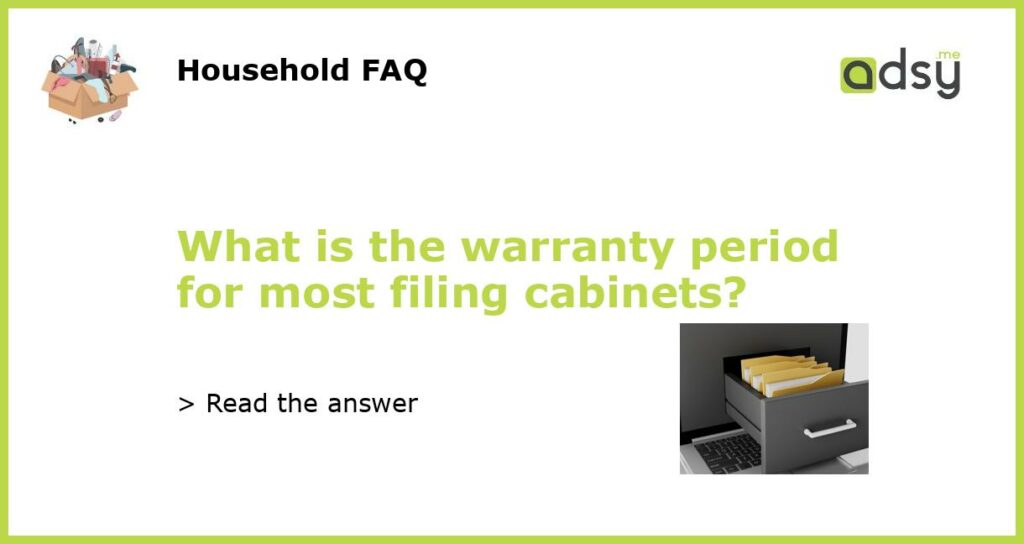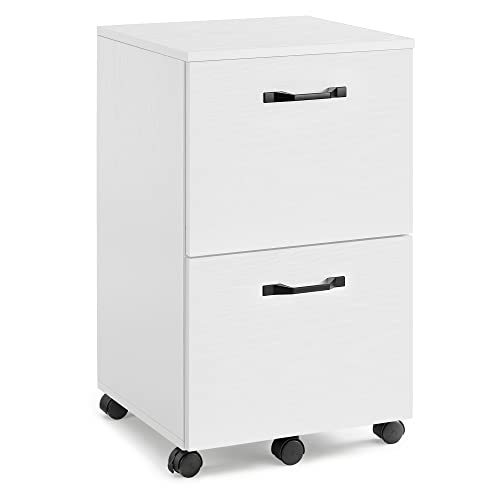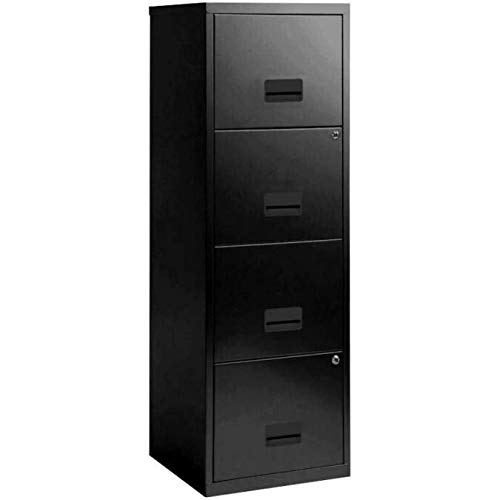Understanding the Warranty Period for Filing Cabinets
If you are in the market for a filing cabinet, it’s important to understand the warranty period that comes with it. This will ensure that you can make an informed decision about the product and protect your investment in the long run. Here’s what you need to know about the warranty period for most filing cabinets.
The Standard Warranty Period for Filing Cabinets
Generally speaking, most filing cabinets come with a standard warranty period of one to ten years. This warranty covers any defects in materials or workmanship that occur during normal use of the cabinet. It’s important to note that the warranty only applies to the original purchaser of the product and is not transferable.
Factors That Affect the Warranty Period
While most filing cabinets come with a standard warranty period, the duration may be affected by various factors such as the type of cabinet, the brand, and the materials used to manufacture the product. For instance, a steel cabinet may come with a longer warranty period than a wooden cabinet. Additionally, some brands may offer extended warranty periods as part of their marketing strategy.
What’s Covered Under the Warranty?
Under the standard warranty period, filing cabinets are typically covered against defects in materials and workmanship. This includes issues such as malfunctioning drawers, broken locks, and issues with the cabinet’s frame and structure. However, it’s important to read the warranty terms and conditions carefully to ensure that you understand what is covered and what is not.
How to Claim Under the Warranty
If you experience any issues with your filing cabinet during the warranty period, the first step is to contact the manufacturer or supplier of the product. They will then provide guidance on how to claim under the warranty. Depending on the terms and conditions of the warranty, you may be required to provide proof of purchase and other relevant information before the claim can be processed.






